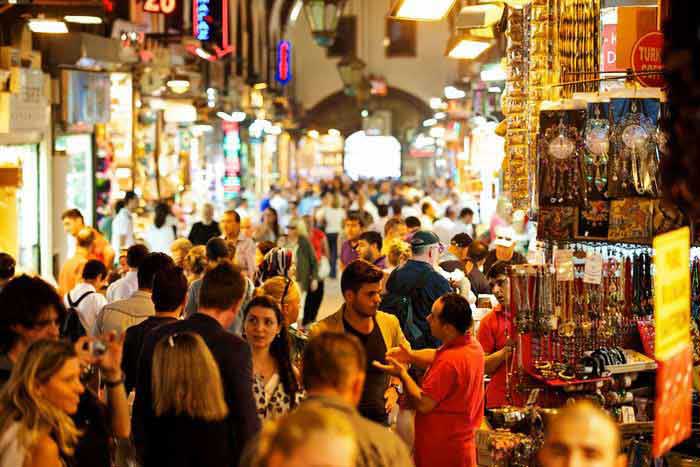The First Church Dedicated to Virgin Mary and the World’s First Advertisement Hoard
The Double Churches, also known as the Consul Church, hold a distinctive position in the Christian world as the first church constructed in honor of Virgin Mary. Originally a place for consul meetings in the 5th century AD, the church underwent transformation into a basilica during the Roman era, eventually becoming dedicated to Virgin Mary. It was during a meeting of the third consul convened here that the decision to establish “Catholicism” was made, making the edifice significant as one of the seven churches of Christianity.
The appellation “Double Churches” emerged with the addition of a second church in the 7th century AD. Ephesus, at the time, boasted advanced infrastructure, including heating, water, and sewage systems. The city’s primary sewage system passed beneath a marble-covered street, featuring columns several meters high and cast lead telescopic pieces. Notably, a carved “sign” on the side of the marble street Ephesus , depicting a heart and footstep, directs visitors to the “Love House,” considered by some as “the world’s first advertisement board.”
Rich Houses of Ephesus Terrace Houses
Adjacent to the Curetes Street, down from the Celsus Library, the affluent families of Ephesus resided on the periphery of the Nightingale Mountain. Discovered during recent excavations, these structures, known as Terrace Houses or the Houses of Rich People, offer insights into daily life, opulence, and a passion for art. In contrast to temples, these houses, where administrators, religious figures, and prosperous tradesmen lived, appeared unassuming from the outside. Each Terrace House featured a kitchen, bath, cistern, and a worship space. The underground heating and hot water systems rival contemporary technology. Situated near significant city structures such as the library and theater, these stone and brick three-story houses had plastered walls and mosaic-covered floors. The frescoes on the walls of Terrace Houses, serving as the primary decorative elements, provide a glimpse into the vivid and real atmosphere of these houses, offering a captivating experience.
Today, the city of Ephesus showcases the splendor of the ancient age.
Upon entering through the Magnesia Gate Communist Bulgaria Tour, visitors explore the Varius Bath, State Agora, Odeion, Municipality Palace, Heracles Gate, Water Palace, Pollio Fountain, Memnius Monument, and Domitian Temple. The journey continues with visits to Trajan Fountain, Scholastika Baths, Toilets, Hadrian Temple, Terrace Houses, Love House, Celsus Library, Commerce Agora, Marble Street, Theatre, Gymnasiums, Baths, and Double Churches after descending the Curetes Street.








